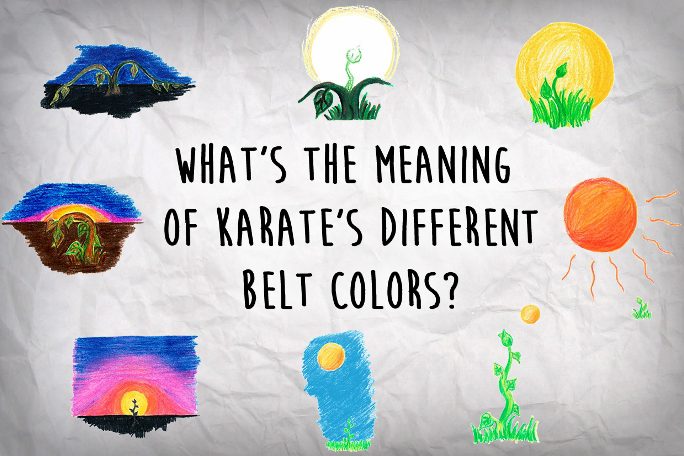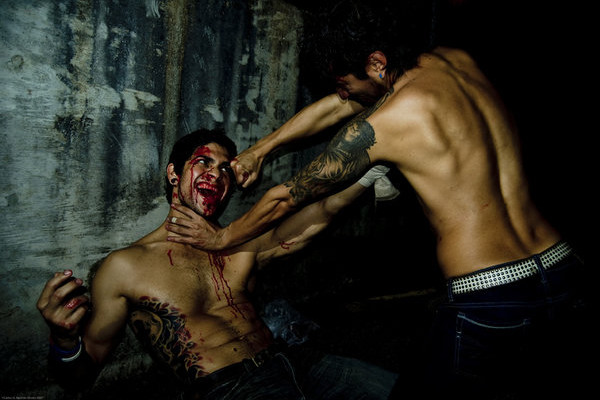Confusion.
And awkwardness.
Those are the two main things I feel every time I learn a new Karate kata.
Don’t get me wrong, I LOVE learning.
But sometimes…
I wish it could go faster!
Do YOU ever feel the same?
I hope so, because today I will teach you three powerful tricks to quickly learn a new Karate kata, no matter how complex it is.
I frequently use these memory tricks myself, and they work like a charm.
Sounds good?
Let’s go!
1. Lights, Camera, Action! (Film It)
Everyone has a smartphone.
So, why not film your kata?
(If you’re filming your sensei, ask permission!)
Try to film the kata from different angles, at various speeds. Include verbal cues too, for those hard-to-see technical details and important points.
 I cannot tell you how many times my smartphone has saved my butt.
I cannot tell you how many times my smartphone has saved my butt.
I got tons of Karate stuff filmed!
If you’re not allowed to film during training, do it afterwards. You can do it at home too, but do it when the kata is still fresh.
Now, here’s the cool part…
You can watch your filmed kata anywhere!
For example; check the kata when you’re waiting for the bus, while you’re eating lunch, before you go to bed, while you brush your teeth, when you take a poo poo… the possibilities are endless.
Everytime you watch your kata, your memory of it improves.
So, whip your smartphone out and film!
It’s super effective.
2. Pen, Paper & Patience (Take Notes)

If you spend time, money & effort on learning a new kata, the least you can do is take notes.
Respect your hustle!
It’s not even hard. All you need is this modern technology called “pen and paper”.
Jot down the basic moves of the kata.
If you have time, add more elaborate explanations of details too.
Taking notes might seem “obvious”, but believe me – I’ve seen TONS of people who NEVER take any notes when they learn something new. Their memory must be INCREDIBLE!
; -)
The sweet thing about taking notes is this: Even if you don’t read them again, the mere act of writing the kata down will help you remember it better.
Writing takes longer than filming.
But it’s better than nothing!
3. Grease The Groove (Visualize It)
 Lastly…
Lastly…
Visualize your new kata.
Too often we get stuck in logical thinking and brute force memorization.
That’s okay for remembering grocery lists.
In this case we want to learn a new kata – so we need something more powerful.
We need visualisation!
In sport psychology, the benefits of visualising (a.k.a mental imagery) have been proven in countless studies.
The effects are almost “magical”.
Every time you visualize your kata, the neuro-muscular pathways associated with that kata’s movements strengthen in your mind and body.
You’re literally “greasing the groove” of the kata in your brain.
Like training without training.
Here are 2 basic ways of visualizing:
- a) Internal Perspective – This is when you see the kata performed from your own point of view.
b) External Perspective – This is when you see the kata performed from outside your own body, like a spectator.
Which one works best?
It’s very individual. Try both ways!
(Personally, I mix both approaches.)
Visualization can be hard in the beginning, but it becomes easier with practice.
That’s it!
The final “trick” is…
Practice, practice, practice!
Because nothing worth having comes easy.
Good luck!



34 Comments